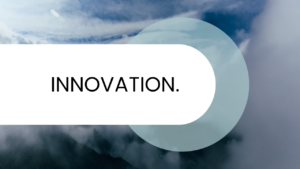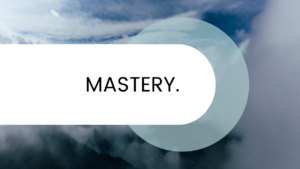Purpose in Change
Although Organizational Design change is a complex process with no straightforward path, establishing a clear and compelling purpose is crucial for its success. Without a defined goal, granting authority to individuals can result in aimless project launches. This can lead to unpredictable outcomes, ranging from positive emergence to potential chaos. To avoid such situations, it is important to ensure that every group undergoing transformation, whether it is a team, department, function, or the entire organization, shares a strong sense of their collective purpose.
Questions on Purpose
The following questions can be applied to the organization as a whole or the teams within it. Use them to provoke a conversation about what is present and what is possible.
- What is our reason for being?
- What will be different if we succeed?
- Whom do we serve? Who is our customer or user?
- What is meaningful about our work?
- What measures will help us steer?
- How does our purpose help us make decisions?
- What are we unwilling to compromise in pursuit of our goals?
- Can our purpose change? If so, how?
What does it mean to be People Positive about purpose?
Recognize that motivation is connected to a sense of purpose, meaning, and belonging. Take the time to discuss the connection between each individual’s calling and the organization’s collective purpose.
What does it mean to be Complexity Conscious about purpose?
Accept that purpose is recursive – it shapes us, and we shape it. Purpose enables freedom and autonomy by ensuring coherent action. And yet it’s also an emergent property of the collective. It may morph and shift as we learn and grow.
Now that you are familiar with the dimensions of our theory, let’s discuss how we can apply it. Like many other tools, our approach can be used in different ways. It can be used descriptively to describe your own way of working or that of another team. It can be used diagnostically to analyse positive or negative patterns we have observed (e.g. why do new employees feel confused by the onboarding process?). In addition, some teams use our approach to envision how the organisation could evolve.
We use it primarily as an awareness-raising tool to capture stories, tensions and experiments that are happening in the real world. We ask the teams themselves to interpret what is happening. Regardless of the approach, our approach usually triggers a rethink in the teams as they begin to systemically rethink the way they work. A meeting is no longer just a meeting; it becomes a forum for belonging, an opportunity to share information, a chance for buy-in or even a potential waste of time. Our approach encourages such conversations, and these conversations will ultimately lead to change.
Every decision is associated with emotions. When you are faced with a decision, the subcortical structures in your brain are activated and trigger a cascade of emotions, instincts and bodily sensations. These elements influence a somatic decision or even bring it about before you are aware of it. This phenomenon is commonly referred to as a “gut feeling”. The interplay between our different thought systems happens so quickly and seamlessly that we often don’t even realise it. We may hold on to the belief that most of our decisions are made objectively and rationally, but this is not the case.
Therefore, at this point, you should have already made your decision. Somewhere in your mind or body, you know it. Either you believe that we need to change the way we work and are ready to take that step, or you don’t believe it and never will. Those who believe – the catalysts, the visionaries, the risk-takers – have understood that the future will not be a desirable place unless we change how we work together as humans to design and build the future in a way that employees will love coming to work.
So where do we go from here? The answer is simple; the implementation is a challenge. If you have some responsibility over others – in business, philanthropy, education, public service, your community or even at home – it’s your job to improve the humanity, vitality and adaptability of the current organisational system. If you are ready to do so, we can embark on this journey together.
You might also be interested in
MEMBERSHIP IN CHANGE
How we define & cultivate relationships; the boundaries & conditions...
INNOVATION IN CHANGE
How we learn & evolve; the creation of something new;...
MASTERY IN CHANGE
How we grow and mature; the journey of self-discovery; our...
STRUCTURE IN CHANGE
How we organize and team; the anatomy of the organization;...
PURPOSE IN CHANGE
How we orient and steer; the reason for being at...
WORKFLOW IN CHANGE
How we divide and do the work; the path and...






